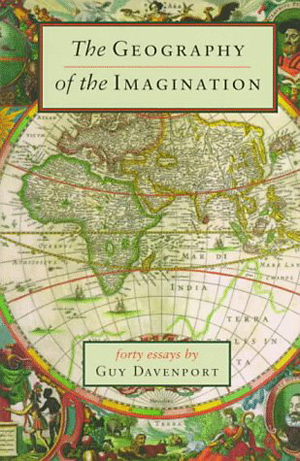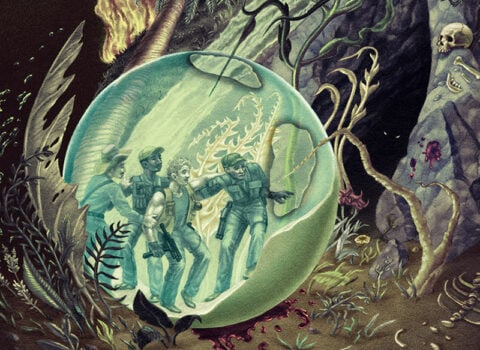 This week, I’ve posted around the uncontroversial contention that literary criticism is nothing if it isn’t reading closely, quoting abundantly, and parsing carefully. In the course of commenting on such concerns, one reader wrote to say he thought I was suggesting that Guy Davenport wasn’t a good literary critic. Although I still find myself unconvinced that I made any such suggestion, if even one reader could suppose such a thing, I feel I’m duty bound to make the following statement: Find me a better literary critic than Davenport in the past 50 years and I’ll buy you a pony.
This week, I’ve posted around the uncontroversial contention that literary criticism is nothing if it isn’t reading closely, quoting abundantly, and parsing carefully. In the course of commenting on such concerns, one reader wrote to say he thought I was suggesting that Guy Davenport wasn’t a good literary critic. Although I still find myself unconvinced that I made any such suggestion, if even one reader could suppose such a thing, I feel I’m duty bound to make the following statement: Find me a better literary critic than Davenport in the past 50 years and I’ll buy you a pony.
The confusion, I suppose, comes from Davenport’s multiple capacities. He was a painter, an illustrator, a draftsman, a carpenter; a poet, a translator, a fiction writer, an essayist; and, too, he was a literary critic. But the fortune-cookie wisdom of “jack of all trades, master of none,” surely does not apply in Davenport’s case. He was simply deeply able at most of the activities to which his attention turned. He was capacious, capable de tout.
One piece of criticism (of many) of Davenport’s to which I return every year is “Another Odyssey,” a 1967 review of Richard Lattimore’s translation of The Odyssey that first appeared in Arion and was later collected in Davenport’s The Geography of the Imagination: 40 Essays on Literature and Art. As much as the essay is a showcase for Davenport’s gifts as a reader and a writer, it’s also an object lesson in active reading and clear writing thereabout.
In Davenport, you get an eye and ear tuned this sharp and fine:

So as your weekend read, I propose Davenport’s “Another Odyssey,” available online here, or available, in paper form, with 39 other, very varied pieces of criticism and personal essay, here.
































































































